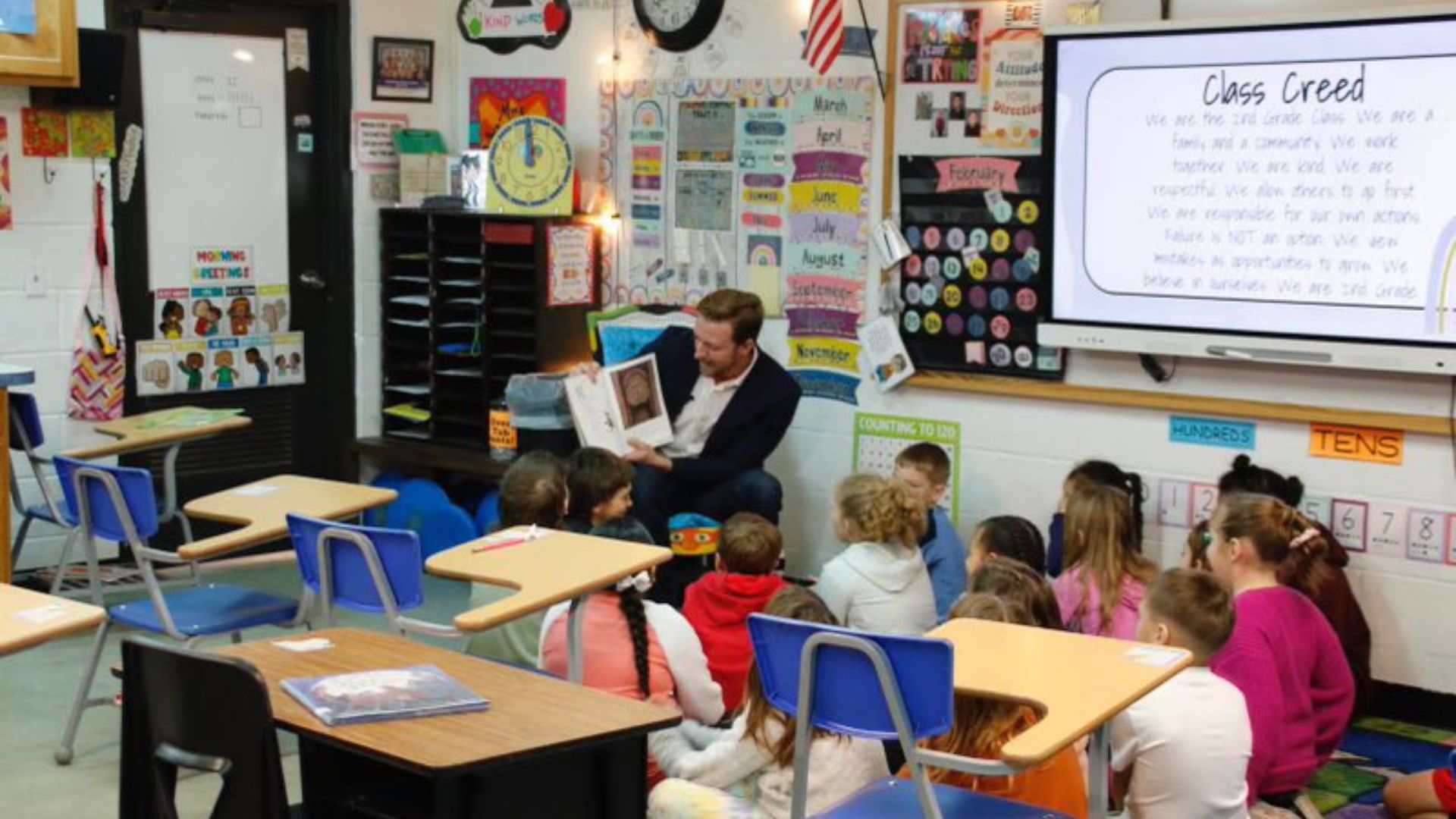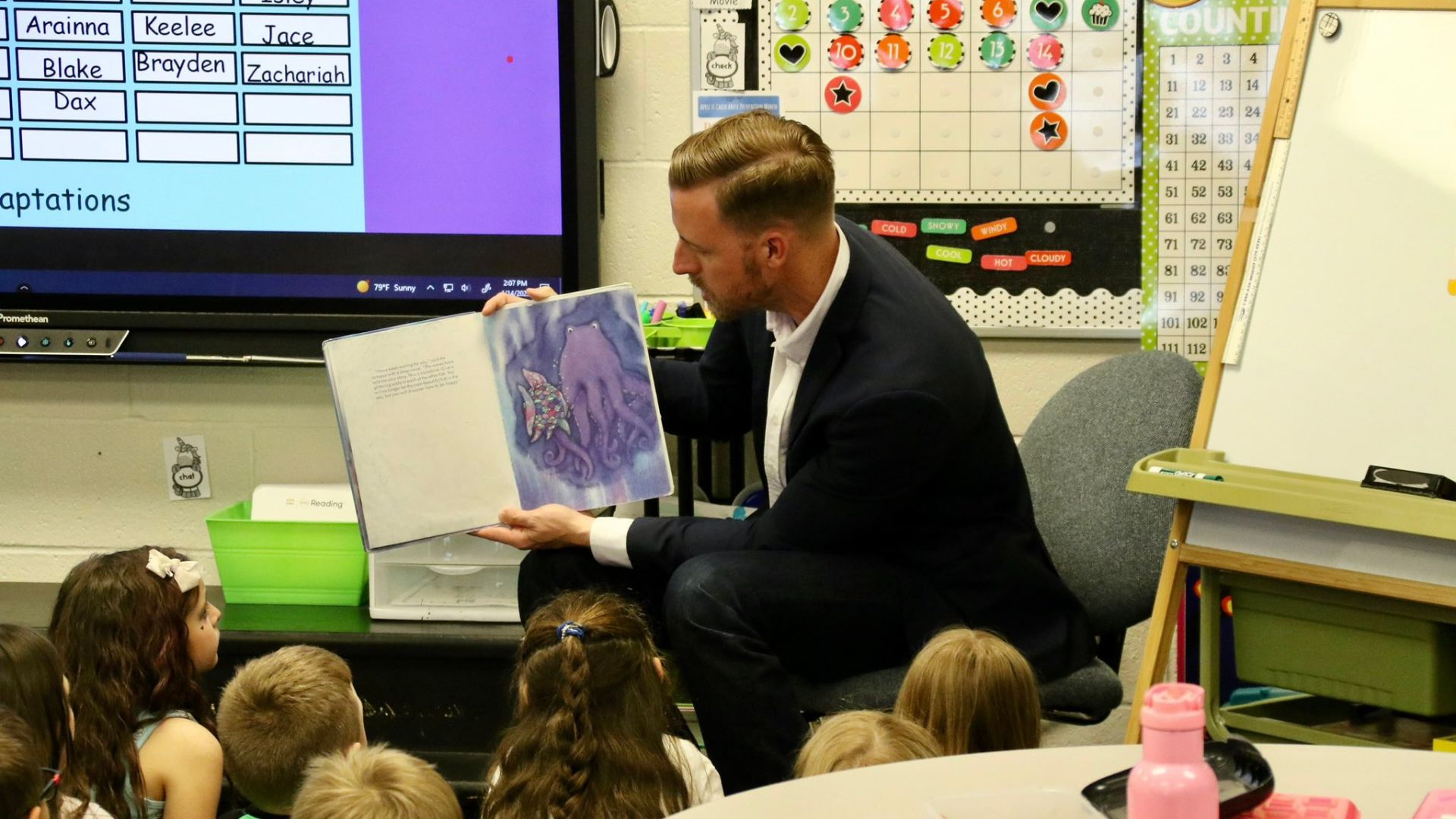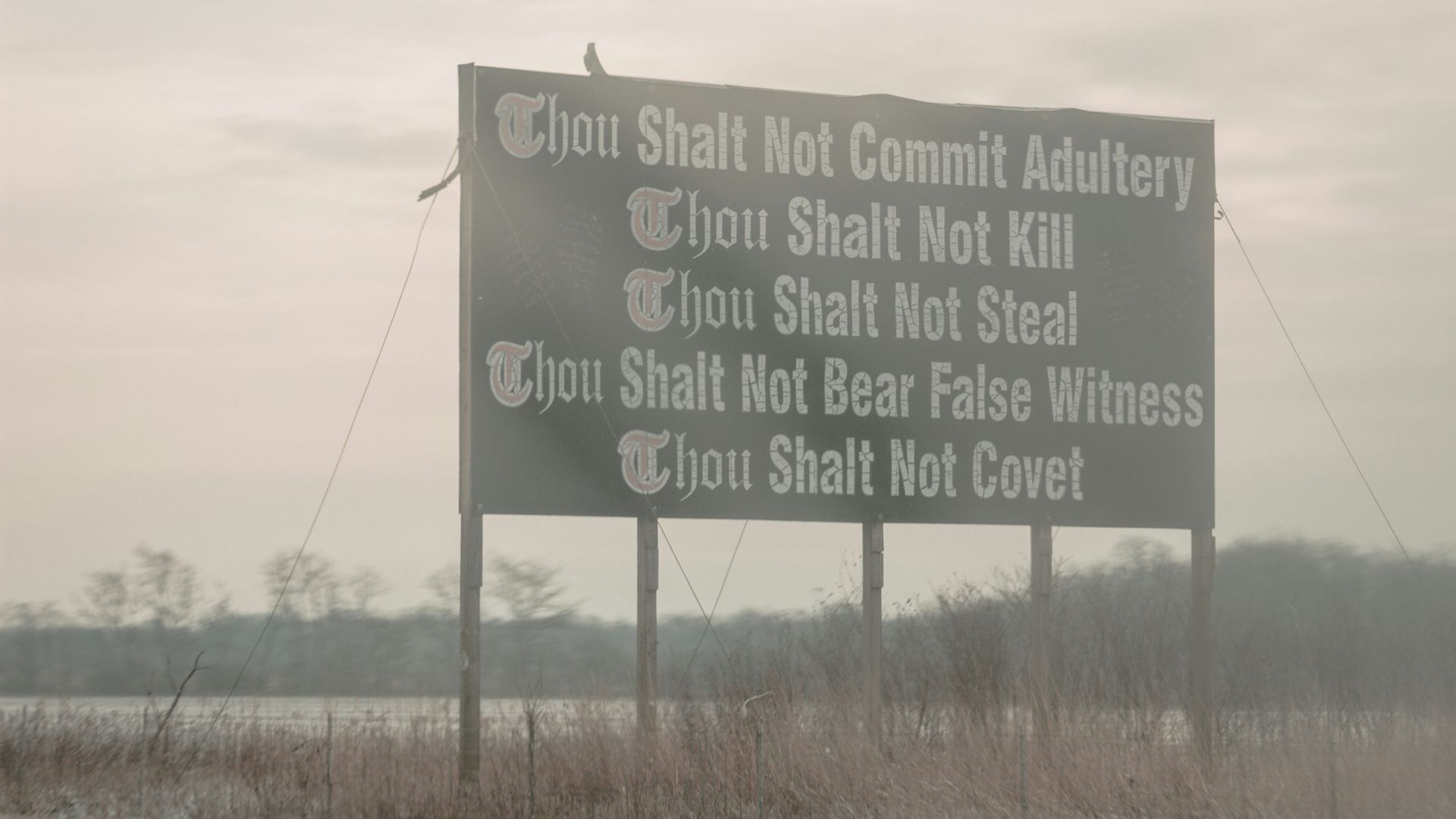Superintendent Ryan Walters has a straightforward message for certain Oklahoma school districts: “Go to California” if you’re not willing to integrate the Bible into the curriculum.
Amidst a heated debate, Walters expressed frustration on “Fox & Friends Weekend,” targeting districts that defy the new guidelines.
Eight Districts Stand Their Ground

In Oklahoma, eight major school districts are resisting Walters’ call to include Biblical teachings in their lessons.
This pushback illustrates the division within the state as educators and administrators clash over curriculum content. The resistance is fueled by varying opinions on educational priorities.
A Question of History and Rights

Walters argues that the Bible’s integration is essential for understanding American history and the Founding Fathers.
He passionately stated, “We want our kids here in Oklahoma to understand American history better than any in the country,” underscoring his commitment to a comprehensive education.
Teaching Tools or Religious Texts?

Under the new directive, each classroom is expected to have a Bible, to be used as a historical resource.
This move, intended to highlight the Bible’s influence on U.S. history, has stirred both support and controversy across the state’s educational landscape.
Parental Support Swings In

The push for Biblical integration seems to resonate with a segment of Oklahoma parents.
Walters shared feedback from his campaign, revealing that many parents questioned, “Why in the world are we not teaching our kids that our rights came from God?” This sentiment is driving the superintendent’s staunch advocacy.
Historical Significance or Religious Overreach?

Walters defended the curriculum changes, citing the Bible as “one of the most cited books in American history.”
His commitment to this narrative is clear as he challenges opposition from groups like the ACLU and teachers’ unions, who argue for the separation of church and state in public schools.
National Controversy Echoes in Oklahoma

The debate in Oklahoma mirrors a broader national conversation.
Earlier this year, Louisiana faced similar backlash after mandating that the Ten Commandments be displayed in all public school classrooms, highlighting a growing trend towards religious elements in public education.
A Roadmap for Education or a Path to Division?

Walters envisions Oklahoma’s approach as a “roadmap for every state to follow.”
However, this strategy raises questions about the balance between educational content and religious advocacy within public schools. The initiative is as much about setting precedents as it is about educating students.
Resources for Educators

To aid in the curriculum shift, Walters mentioned that guidelines were distributed last week to ensure teachers are well-equipped to teach these new concepts.
These resources aim to clarify how Biblical references fit into the broader narrative of U.S. history taught in schools.
Reinforcing Historical Understanding

The ultimate goal, according to Walters, is for Oklahoma students to have a robust understanding of the historical significance of the Bible and its role in shaping the nation.
This educational aim intersects with deep-rooted beliefs about America’s founding principles.
Community Reactions Vary

Across Oklahoma, community reactions vary widely. Some see the directive as a return to important traditional values, while others view it as an imposition of religious beliefs on a public institution.
This polarized response reflects the complexity of integrating religion with public education.
What’s Next for Oklahoma’s Schools?

As the debate continues, all eyes are on how these directives will be implemented and the potential legal battles that may ensue.
The conversation about religious education in public schools is far from over, and Oklahoma finds itself at the heart of a national dialogue about the role of religion in public life.
